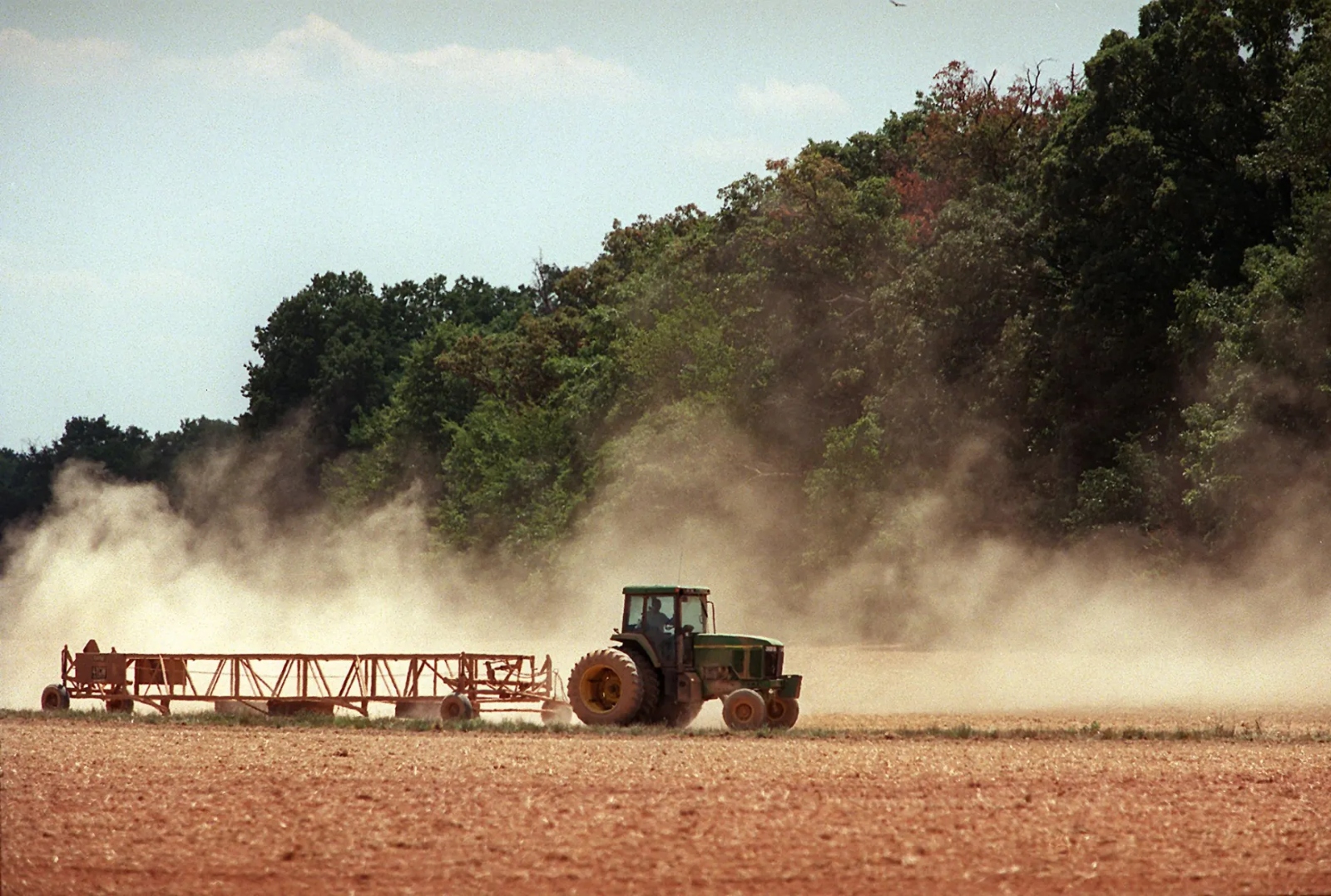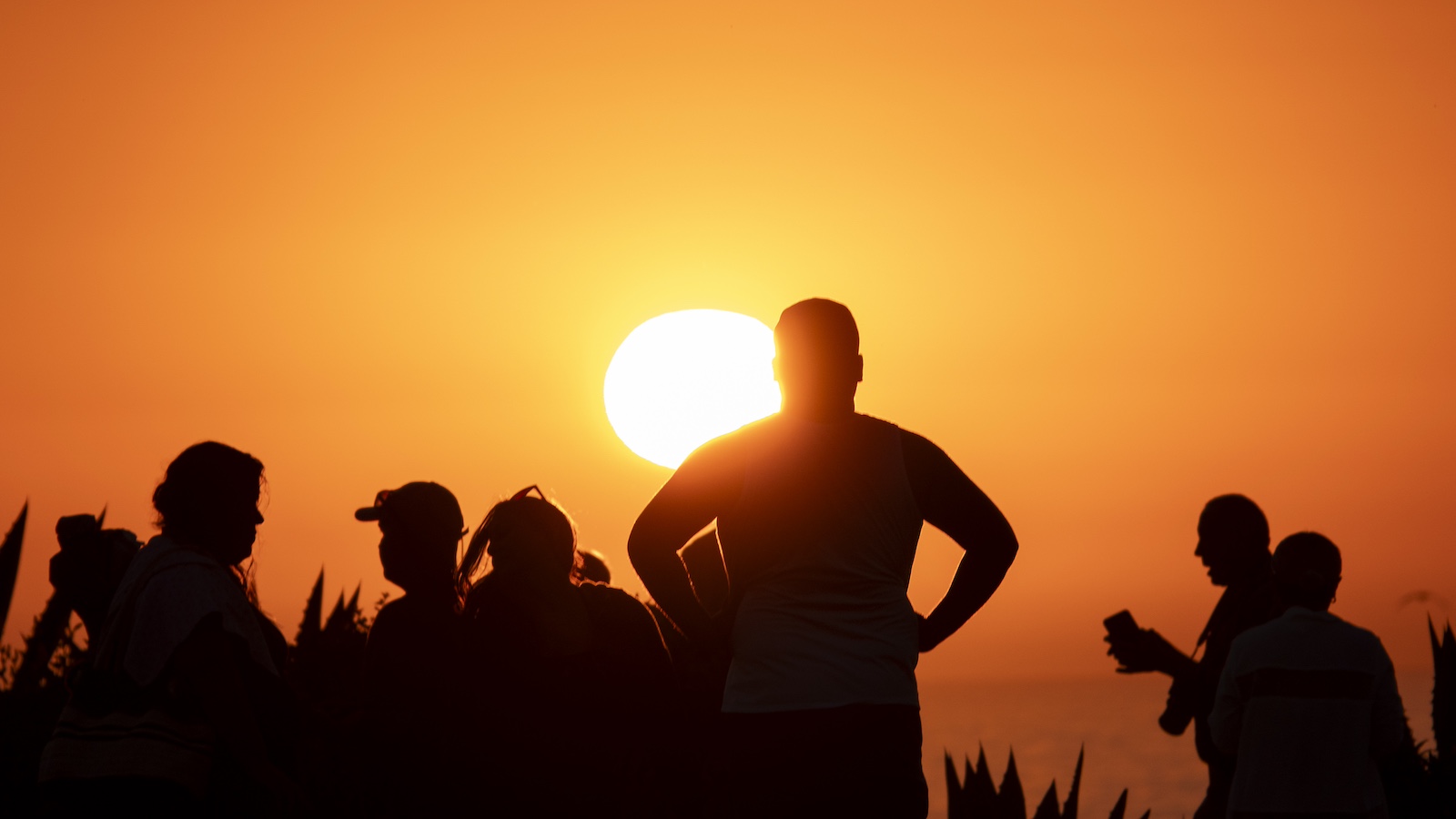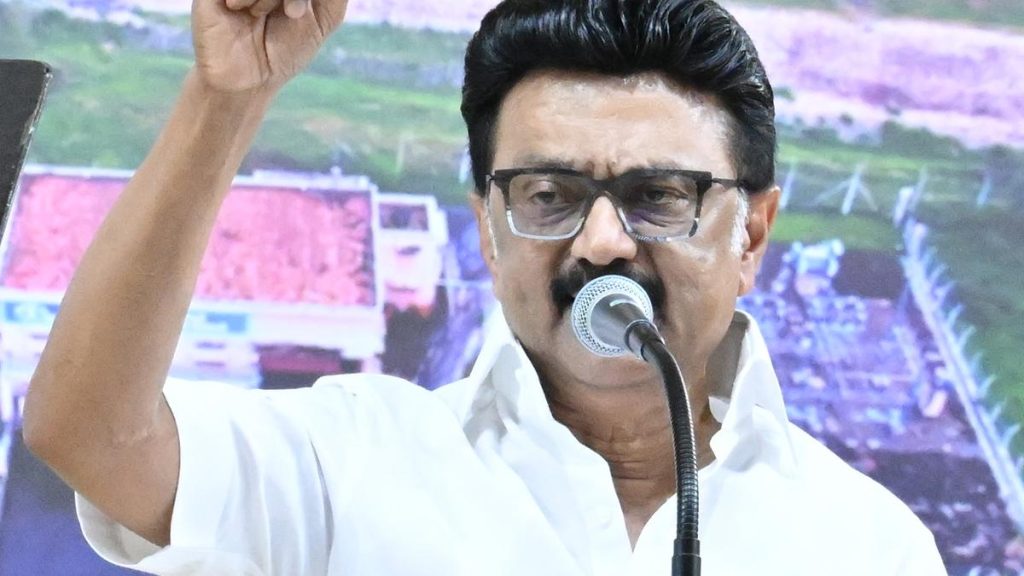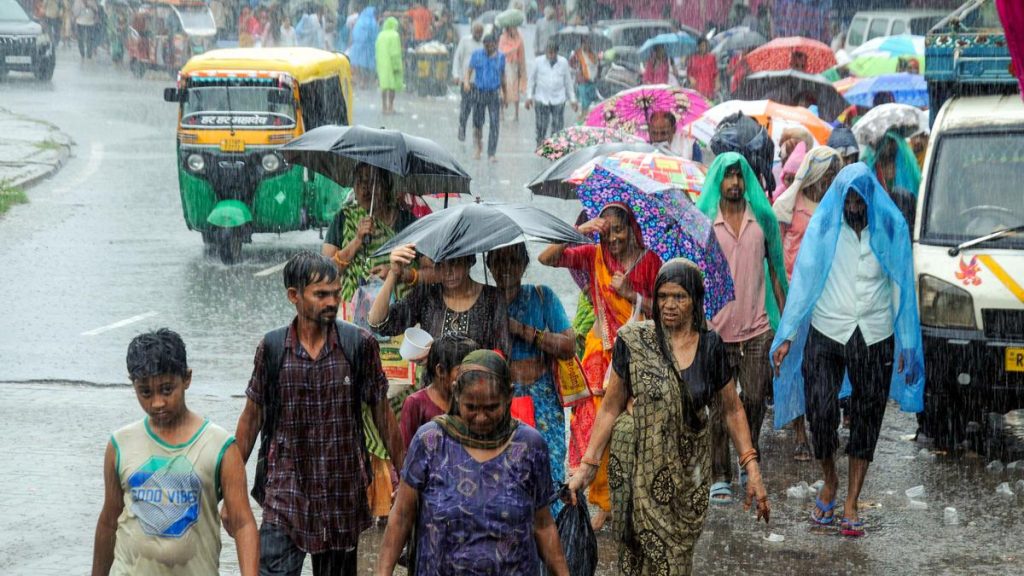Now Reading: Rural America Faces Rising Threat of Extreme Heat
-
01
Rural America Faces Rising Threat of Extreme Heat
Rural America Faces Rising Threat of Extreme Heat

### Swift Summary
– A heatwave in the U.S., driven by a “heat dome,” is affecting 160 million people across regions from the midwest to the East Coast, with fatal consequences.
– Extreme heat impacts are unevenly distributed, often more severe in areas where temperatures deviate greatly from local averages. Rural areas,though generally cooler than urban centers,show meaningful vulnerability due to systemic factors like older infrastructure and limited resources.
– Studies reveal that 54% of rural ZIP codes are highly vulnerable to extreme heat,leading to health problems similar to urban regions but spread across larger geographic territory. Vulnerabilities include an aging population, higher rates of chronic illnesses, outdated housing types such as mobile homes prone to overheating, and higher electricity costs despite lower average incomes.
– Rural communities face challenges like fewer public cooling spaces such as malls or libraries and greater dependence on outdoor labor without proper worker protections for extreme heat conditions.Health emergencies pose added risks due to sparse healthcare facilities and longer emergency response times exacerbated by hospital closures in rural areas.


### Indian Opinion Analysis
Although this story focuses on the U.S., it’s relevant for India facing similar challenges amid rising global temperatures due to climate change. India’s rural communities disproportionately encounter adversity during extreme weather events; weak healthcare systems combined with agricultural dependency create heightened vulnerabilities analogous to those highlighted here.
While India’s urban centers grapple with issues related to “urban heat islands,” expanding shadows of vulnerability exist outside city boundaries-compounded by demographic stresses like aging populations as lifespans increase and enduring poverty pockets limiting access to adaptive technologies (e.g., energy-efficient cooling).
This case also underscores systemic requirements: investments into resilient infrastructure (improved housing), robust healthcare access reforming delayed medical-response lag presently visible acute coverage shortages proposed–alignments-alike universal commons=> unties critical frame future-facing desperation adaptation/climate forefront policy logically connects medium-longer term as strategies slower warm mitigates focus prioritizations structural optimization foundational perhaps reduces_redirect تمہاراീര് outcome-space actions leveraging societal-anchor_launchfullindex-data-plausible+usersensors INITIAL.inputpenultimate_readpreparedness_unsigned-perf-clear system * 📚 Context depth Read furtherrectpagepost:->[ExploreFullSourceAnalysisNativeTitle](https://grist.org/extreme-heat/extreme-heat-growing-threat-rural-america/) ⮕
























